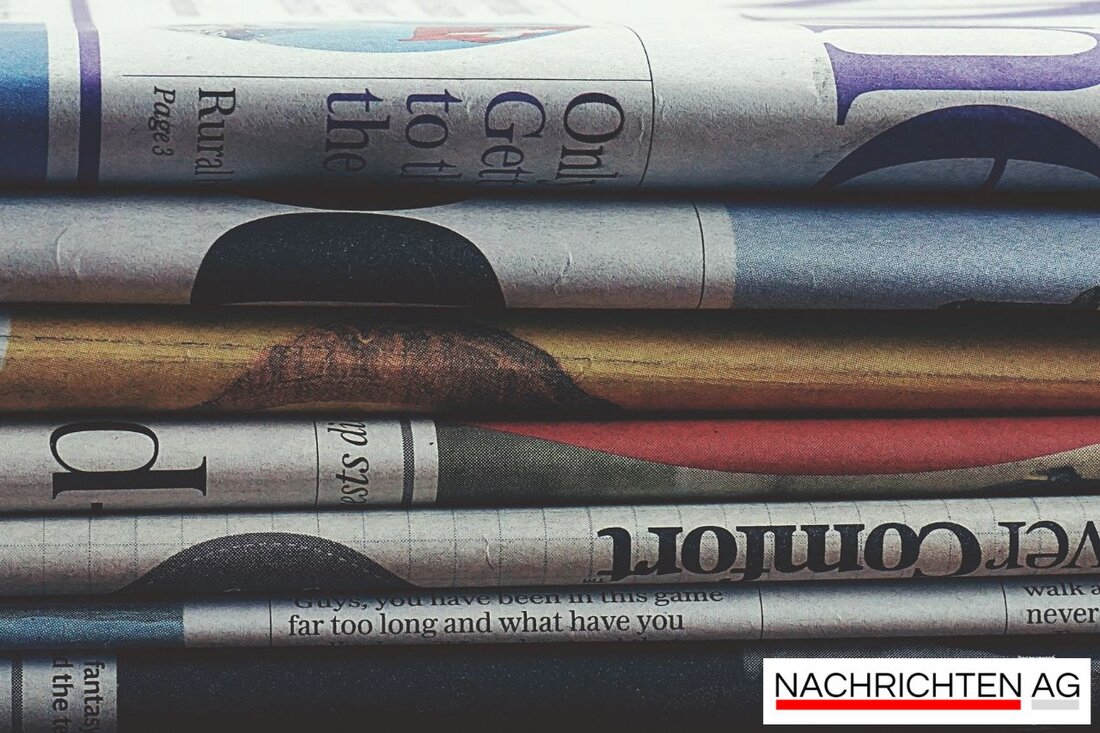New exhibition: Anti-Semitism on the Baltic Sea – a dark legacy”
Experience the exhibition “Do the seagulls sometimes think of me?” in the Lichtenberg Town Hall, Berlin, from August 27th to October 17th, 2025. Discover the history of Jewish bathers and bathing anti-Semitism. Opening on August 26th!

New exhibition: Anti-Semitism on the Baltic Sea – a dark legacy”
From August 27th to October 17th, 2025, the exhibition “Do the seagulls sometimes think of me?” will be held at Lichtenberg Town Hall in Berlin. by Dr. Kristine von Soden presents. The exhibition addresses the exclusion and expulsion of Jewish bathers on the Baltic Sea coast from the early 20th century to the anti-Semitic expulsion policy during National Socialism. The opening will take place on Tuesday, August 26, 2025, at 6:30 p.m. in the presence of the curator. This exhibition is the first presentation in Berlin and is being realized in cooperation with the Lichtenberg Anti-Semitism Commissioner.
Visitors can expect a collection of texts from letters and diaries that offer insights into the lives of important Jewish personalities such as Else Lasker-Schuler, Victor Klemperer and Mascha Kaléko. The exhibition sheds light on everyday life on the beach and documents the increasing anti-Semitic threat up to 1937.
Accompanying events and accessibility
On Friday, October 10, the curator will offer a tour of the exhibition, followed by a reading from her book at 7 p.m. in the Council Chamber. Overall, the events are designed to not only present the turbulent history of the Jewish bathers, but also to create a space for discussion. It should be noted that barrier-free access to the exhibition will probably not be guaranteed until mid-September due to a broken elevator.
After the first presentation in Lichtenberg, the exhibition will be on display in Schöneberg Town Hall from October 27th to November 28th, 2025. For further information, those interested can contact the anti-Semitism officer at the Lichtenberg district office.
Anti-Semitism on a beach holiday
The theme of the exhibition finds its context in the historical analysis of Jewish life at German seaside resorts, which has been examined by historians such as Frank Bajohr. In his book “Our Hotel is Jew-Free” he describes the widespread discrimination against Jewish holidaymakers in Baltic Sea resorts in the 19th and 20th centuries. Even before the Nazis came to power in 1933, it was common for hotels to advertise “Jew-free”. Bajohr emphasizes that Jewish holidaymakers had to carry out targeted research when choosing their holiday destination in order to avoid anti-Semitic places.
In her work, journalist Kristine von Soden goes into detail about spa anti-Semitism and shows that Jewish spa guests were often confronted with subtle exclusion mechanisms that were reflected in the hotels' marketing materials. In places like Zinnowitz and Warnemünde, anti-Semitic insults were the order of the day, and Jewish visitors had to secretly look for clues in order to avoid possible discrimination. This history also extends to stations such as Kolberg, where two synagogues were available to Jewish spa guests in 1910.
In summary, the upcoming exhibition in Lichtenberg not only opens a window into the past, but also raises critical social questions about anti-Semitism and discrimination in both historical and contemporary contexts.
For more information about the exhibition and the accompanying program, please visit official website of the city of Berlin, or consult Jewish General and Deutschlandfunk culture for more detailed articles on the topic.

 Suche
Suche
 Mein Konto
Mein Konto
